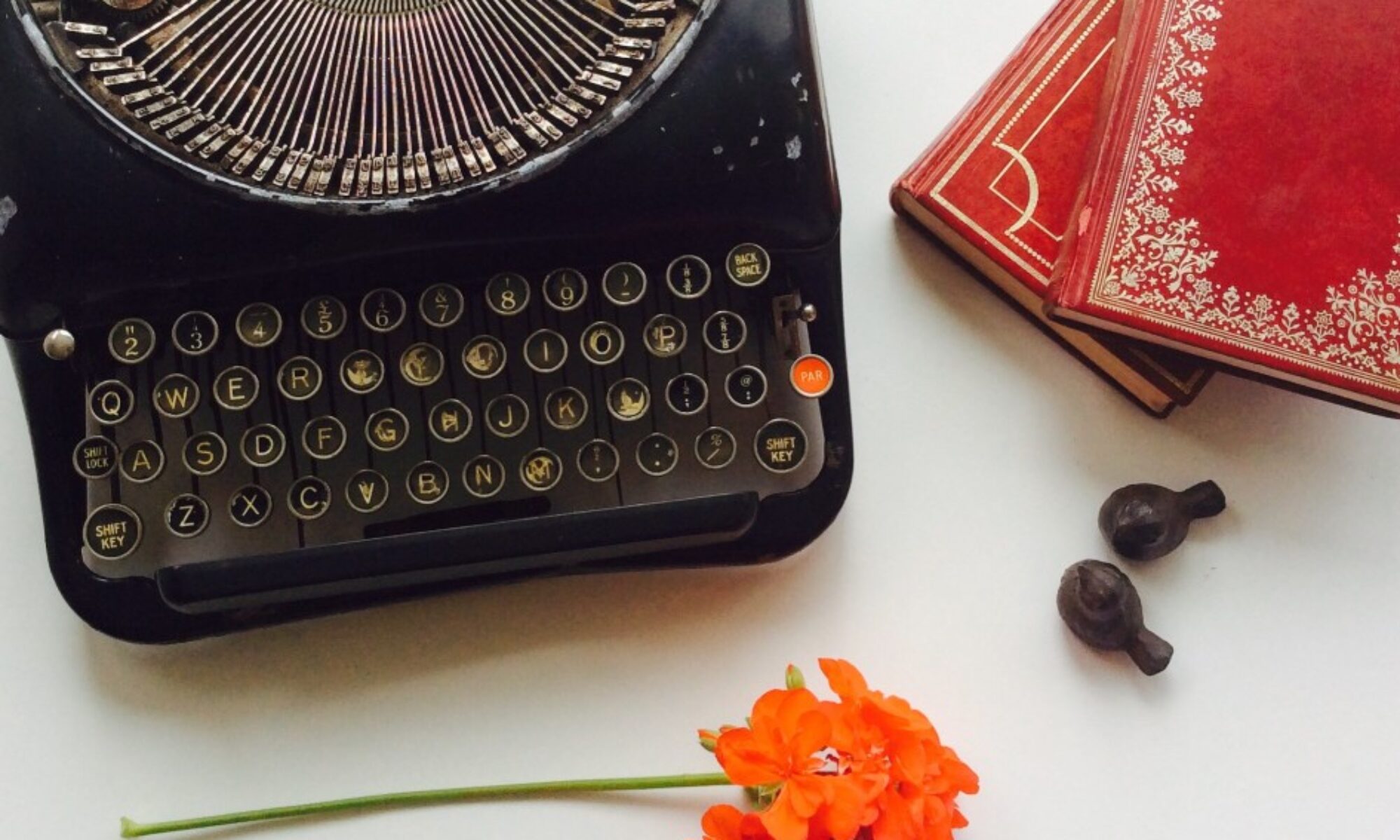Chapter 4
Walloon
The question I’ve fought with over the years has been what was my grandmother doing, telling us we came from Tombstone? She wasn’t lying. We did come through there. In fact, by the history, Tombstone and its surrounding area seems to be a place we settled in for a relatively long time. But we didn’t start there. Perhaps she began there because she really didn’t know what came before. Or perhaps she was uncertain of what she had been told and was only relaying what she, herself, experienced with her family. But if I look at it, the tales she handed down to us from Tombstone were tales from the storyteller she was.
Which, on my wanderings with my grandmother, has me posing the question, what exactly is a storyteller? All the world has names for such people. In the Irish, they are the seanchai. In Navajo, they are Baa nahashne’ii. All of them share certain qualities. Let me give an example – a story of a storyteller.
There once was a seanchai by the name of Thomas the Rhymer. Did he exist? Not sure. There are many ballads and variations of his story. Many names had he. Many people he was or might have been. But the one I relay here? He was a great storyteller, finding food and shelter over someone else’s fire while wandering in the homeless fashion of a seanchai. In return, he told great stories of history and heroes and through him, distant people who had never met each other were one people for they had one story of themselves. So you see, the seanchai made “a people”.
So what was my grandmother doing? She was making her people. She was giving us a history, rooting us to legends, like Billy the Kid, and binding us to a myth – Tombstone. In my mind, she was giving a single thread in the great fabric of history to hold onto. Why? Because in 1939, she had nothing to hold onto and she blew away. What she didn’t know at the time was that this exact thing had happened over and over again in our family. A generational memory of finding home and then being without home – itinerate. If I look at it, Grandma was making us secure from a long, deep abiding memory of being insecure.
So – after that fateful evening dinner, the leftovers of which became the entire change of my family history, Amy said “You are not going to believe this. You guys were everywhere.”
And if we are everywhere, we are from nowhere. We are not from Tombstone. We are drifters. Solitary souls. Eternal migrants. That one path is now the tell of me. And it starts with Marie Sedt, the immigrant refugee from Belgium.
Belgium has always been an enigma to me. The idea of Belgium, anyway. Here is a tiny country surrounded by great nations that could be easily overrun at any time and often has been, I daresay. A country that speaks French and Dutch and German. A country that claims to be neither French nor Dutch nor German – a matter of pride here. A country whose very story of itself seems always to be of three people, yet they claim to be one, even though their story in the telling is spoken in as foreign a tongue to one as it is to the other.
Who was the storyteller that achieved this – three people into one? How many fires and how many stories had to be conjured to make one country out of three truths? Greater a storyteller than the Rhymer or William Shakespeare and a greater poet than Rumi, I should say!
To me, Belgium gives such hope – this little country. This country that bleeds its struggle with language and culture in the open but resorts no longer to guns and weapons to win the argument. For in guns and weapons, there is no winning. The twisting, bending of compromise helps to maintain their identities as individual communities but forces their feet onto common ground. Only this way does Belgium survive as one. Here we – we survive as one. Not without pain. Not perfectly. But they persevere and so do we.
This, however, was not always so and it was when Europe was tearing itself apart during the Reformation when Marie Sedt’s parents left their house, their people, their country. They were sent adrift in the world to be people from nowhere. So Marie Sedt was born in Canterbury and christened in the French Church. Not a French Huguenot, mind. As I have said she was a Walloon – a Protestant Walloon. And what she did there, that simple, immigrant girl growing into a simple, immigrant woman can only be told by spinning a tale, as I have done here – The Weaver of Canterbury.
I have my grandmother’s tell. We are from Tombstone. I have one word my mother left concerning her history. One written word left ink on paper in a book as she was dying of lung cancer. The question she was answering – ”Where did your family name come from originally? What is its nationality?” My mother replied, “Welsh”. For my mother, you see, was Welsh. My father? Dickson. He is to the Scot. But me? I am Walloon. A daughter of an eternal migrant and nowhere is my home.
c 2017 Nicole R Dickson all rights reserved
